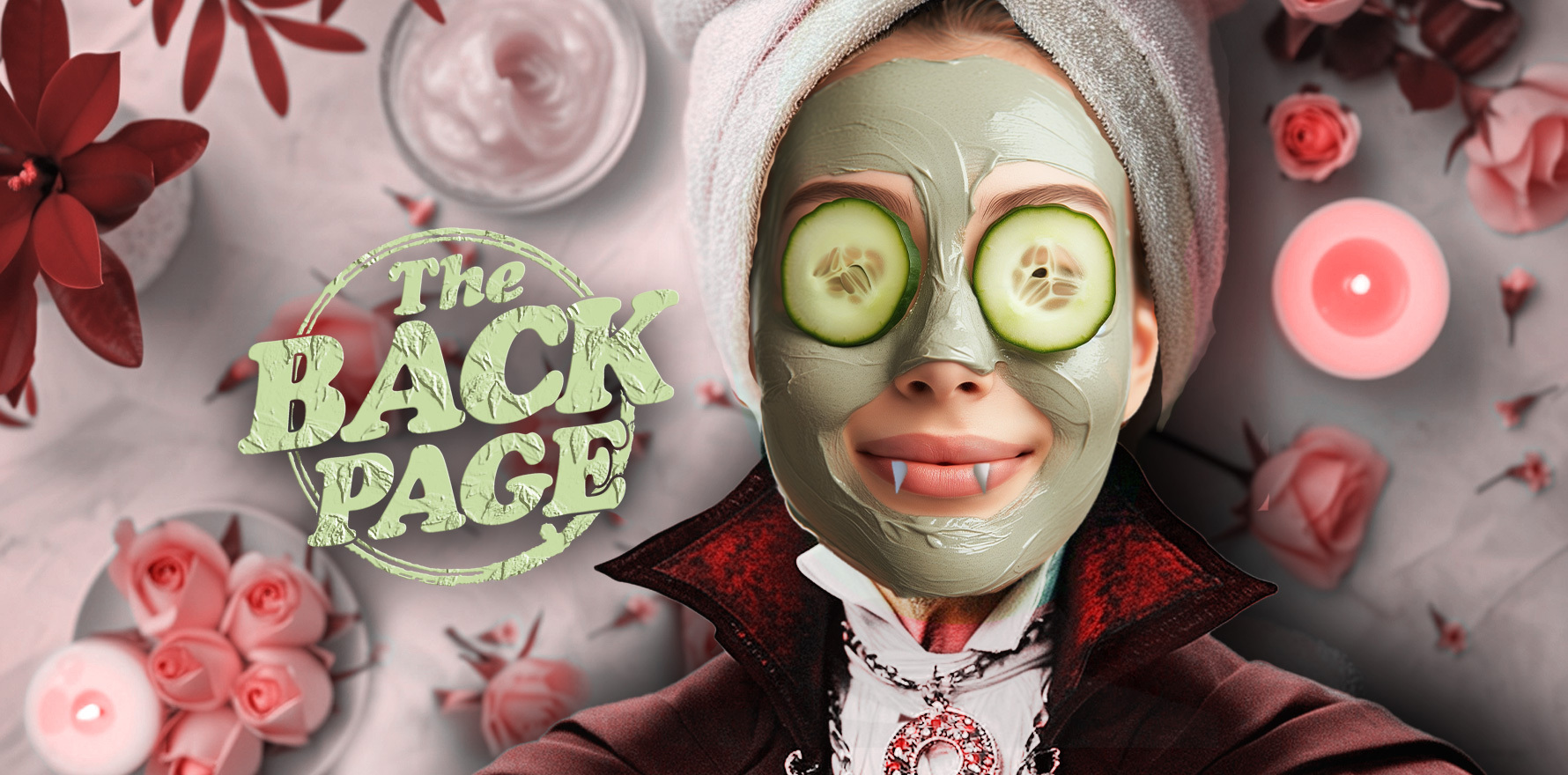
You have got to be bloody kidding me.
Nobody has ever accused this Back Page scribe of being a flagrant trendsetter, so it comes as no surprise that I’ve only just heard about something that became popular back in 2013.
Vampire facials have apparently gained a cult following thanks to Kim Kardashian, who tried one more than a decade ago and then admitted on Instagram that she immediately regretted it (but probably not as much as she regretted marrying Kanye West).
But this month, there were reports of five cases of HIV traced to vampire facials at a spa in New Mexico between 2018 and 2023. Of course, the cases would have been avoided if there were infection control measures, experts muttered.
But who are we to judge? Maybe you feel like your face is losing the war against the Australian sun and a vampire facial is just for you?
Here at The Back Page, we do the dirty work so you don’t have to. Including, in this case, googling “vampire facials” and scrolling through bloody “after” photos with eyes covered.
While the name suggests anything but, the procedure is “minimally invasive”, cosmetic clinics say.
It’s technically known as platelet rich plasma (PRP) treatment and it’s supposed to rejuvenate skin by increasing cell turnover and boosting collagen production.
First, you have blood drawn from a vein in your arm, and then the blood goes into a centrifuge to separate it into its different parts.
You’ll have numbing cream put all over your face and then have the plasma injected straight into your face using micro-needling.
The American Academy of Dermatology says, according to patient reports, the technique reduces wrinkles, plumps up sagging skin, gets rid of deep creases, improves their complexion and diminishes acne scars.
But, says the AAD, “all these benefits have created high demand for a procedure that has little evidence to back it up”.
There haven’t been a lot of studies because of the somewhat relaxed rules around medical devices in the US.
The AAD says that while there are still several unanswered questions – such as the long-term risks and how it actually, you know, works – the procedure “appears safe”.
Pain, bruising, and swelling is to be expected and should go away after a few days, the AAD says.
But the biggest risk lies in the way the blood is handled and whether it’s kept sterile before it’s re-inserted into your body, so you don’t get an infection.
In Australia, one session costs upwards of $300. One Australian clinic says vampire facials are “exceptionally popular” and says the procedure doesn’t use any chemicals and doesn’t leave any scars.
A 2022 review of PRP in Annals of Blood said most studies have reported no adverse events, and the procedure is deemed safe and generally non-invasive.
But “significant adverse events have resulted from PRP use in the clinical setting including transmission of HIV infection during treatment from unlicensed professionals without established universal precautions to sterilise equipment and prevent the spread of blood-borne pathogens”.
Eek.
“Being an autologous product, PRP has a favourable safety profile but it deserves further research with oversight, standardisation, and quality control to fortify evidence of any potential benefits or lack thereof,” the authors conclude.
I’d rather wear huge hats and sunscreen year-round instead, thanks.
Send your bloodless story ideas to cate@medicalrepublic.com.au.

